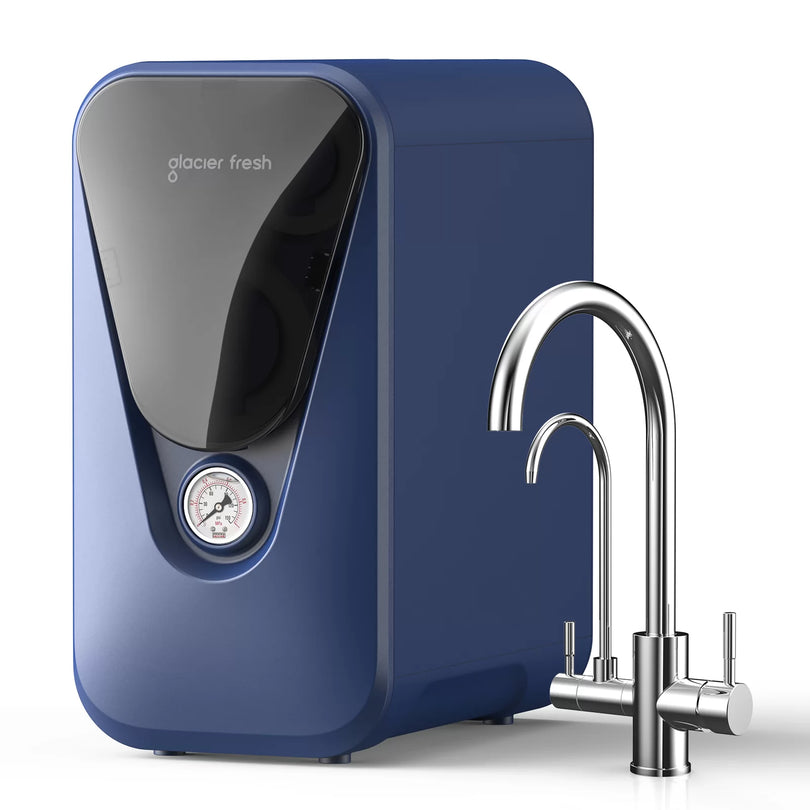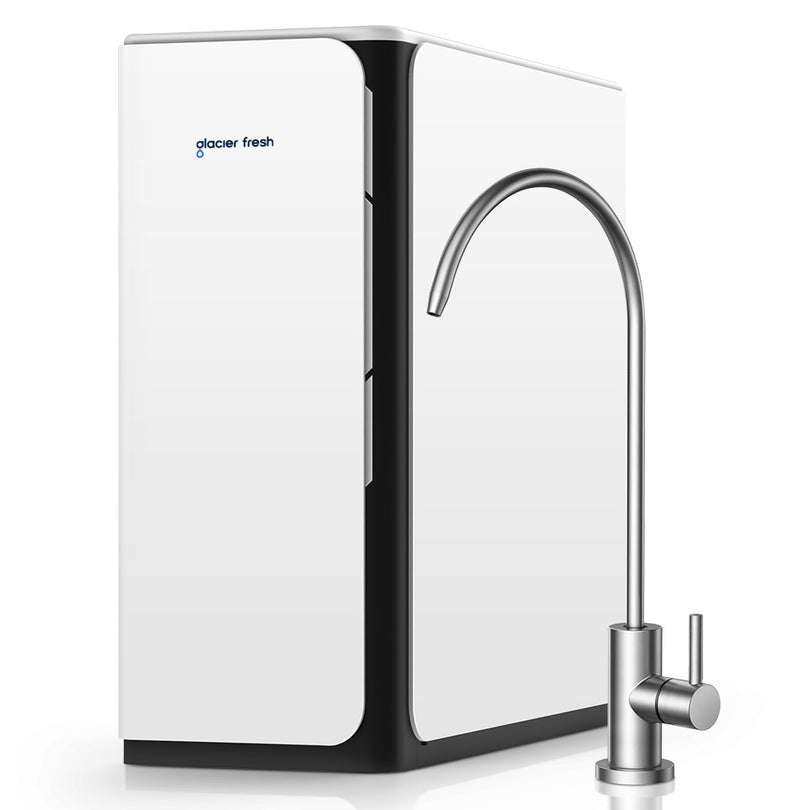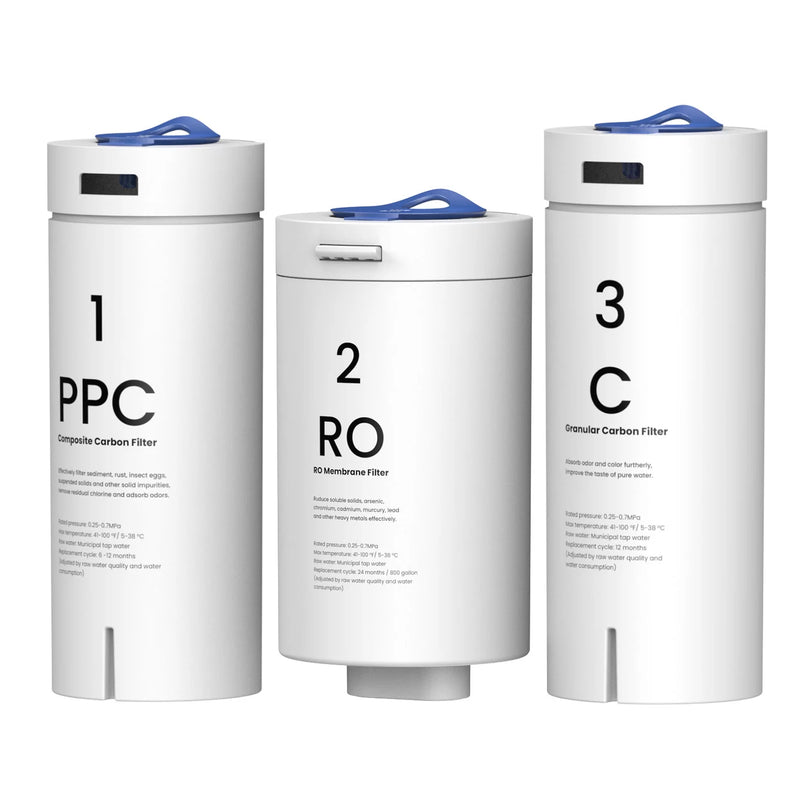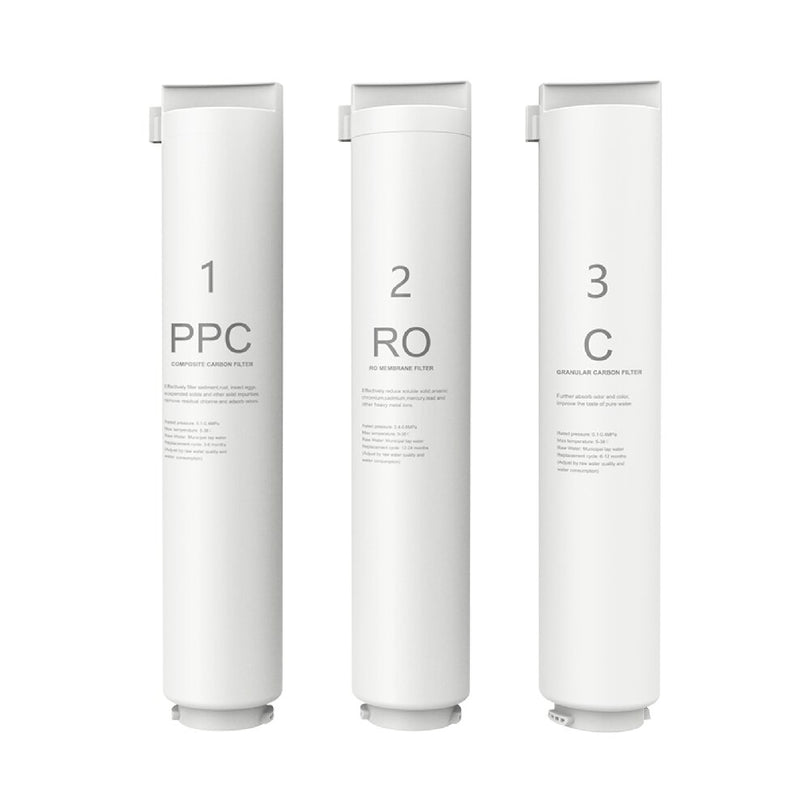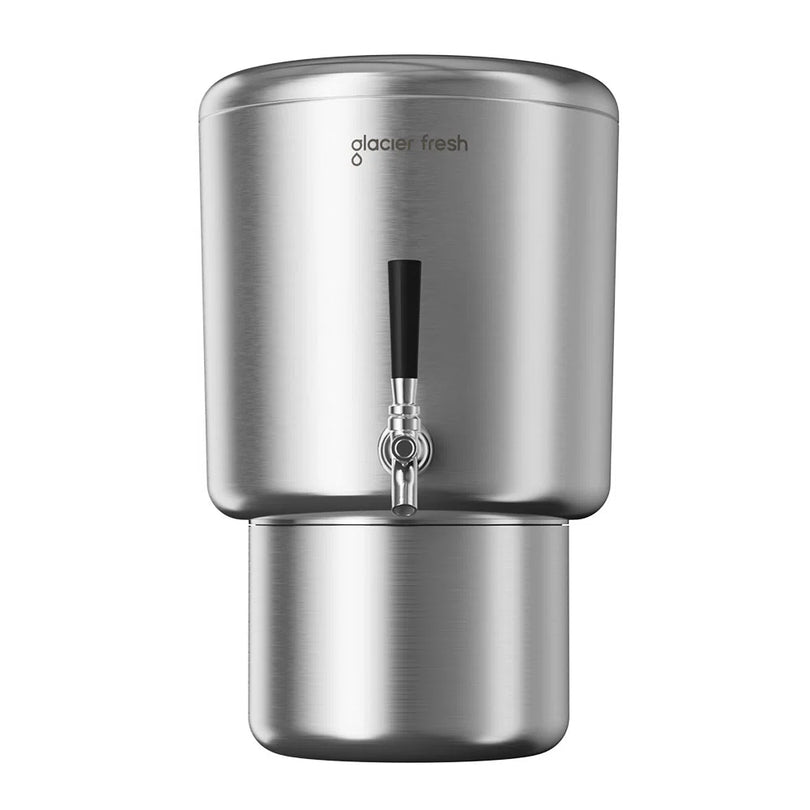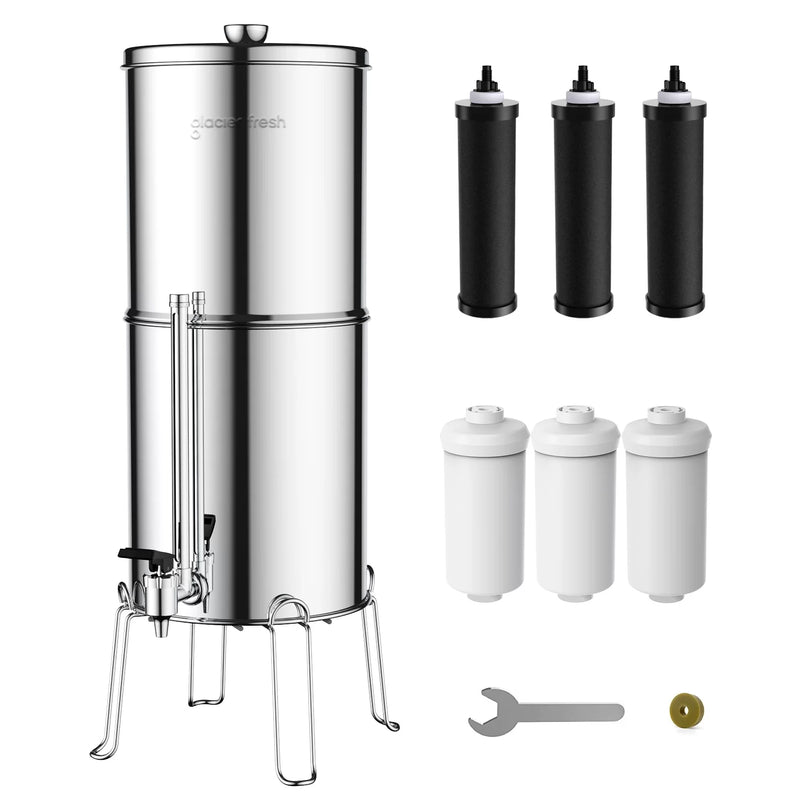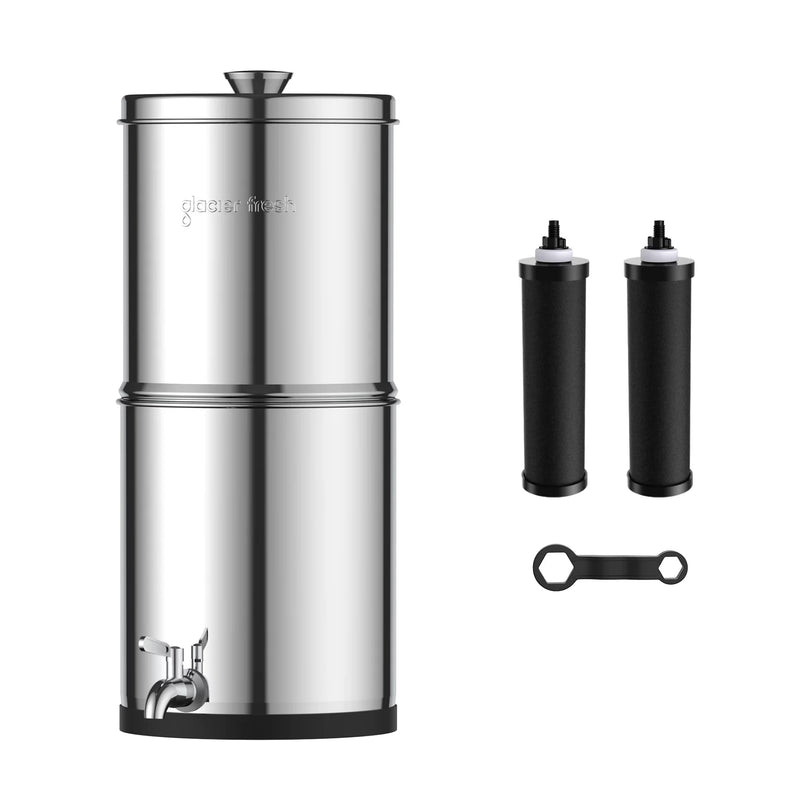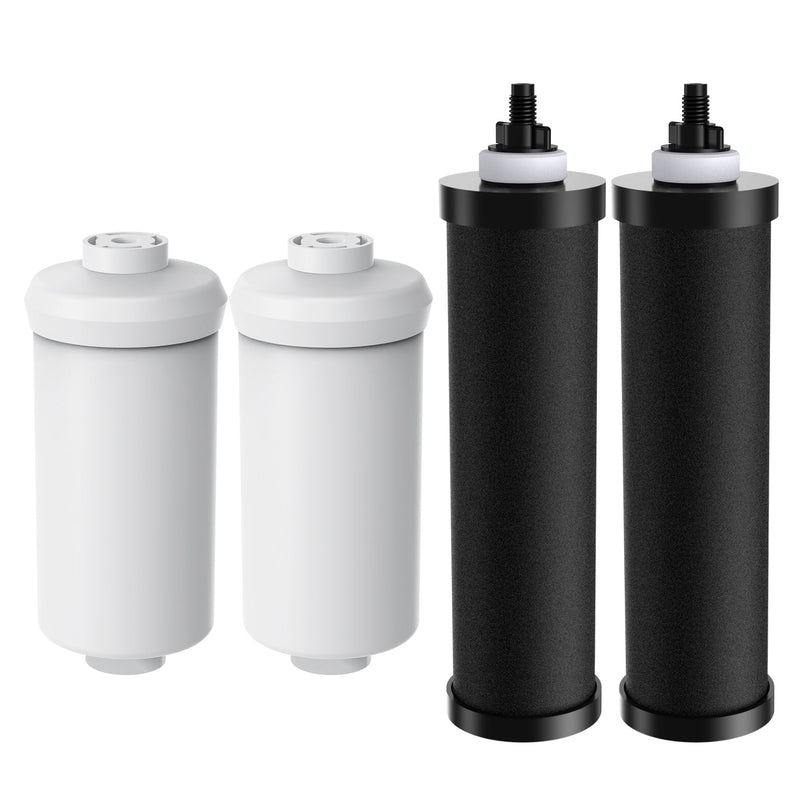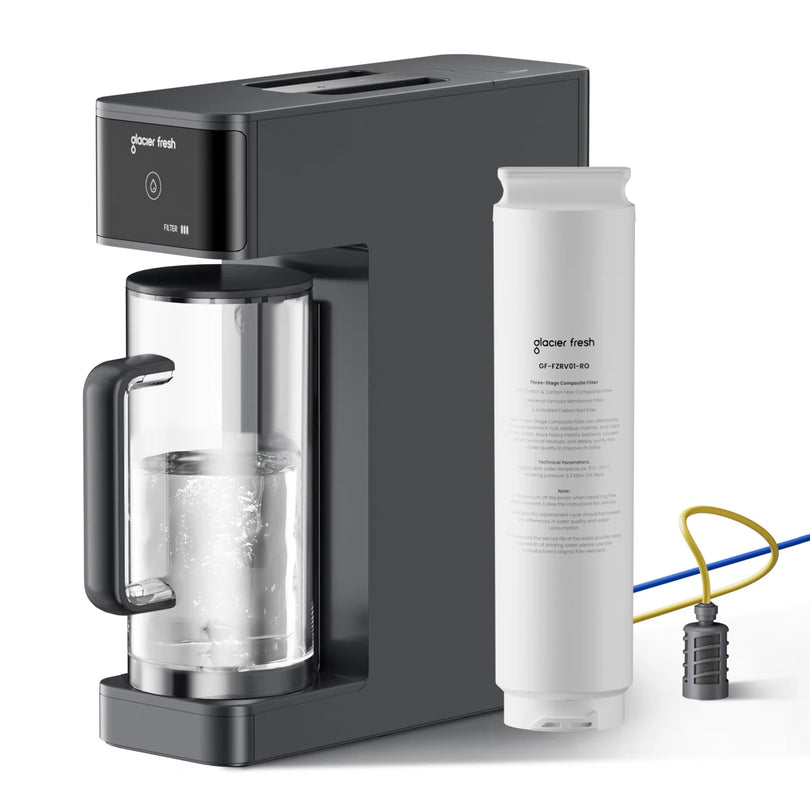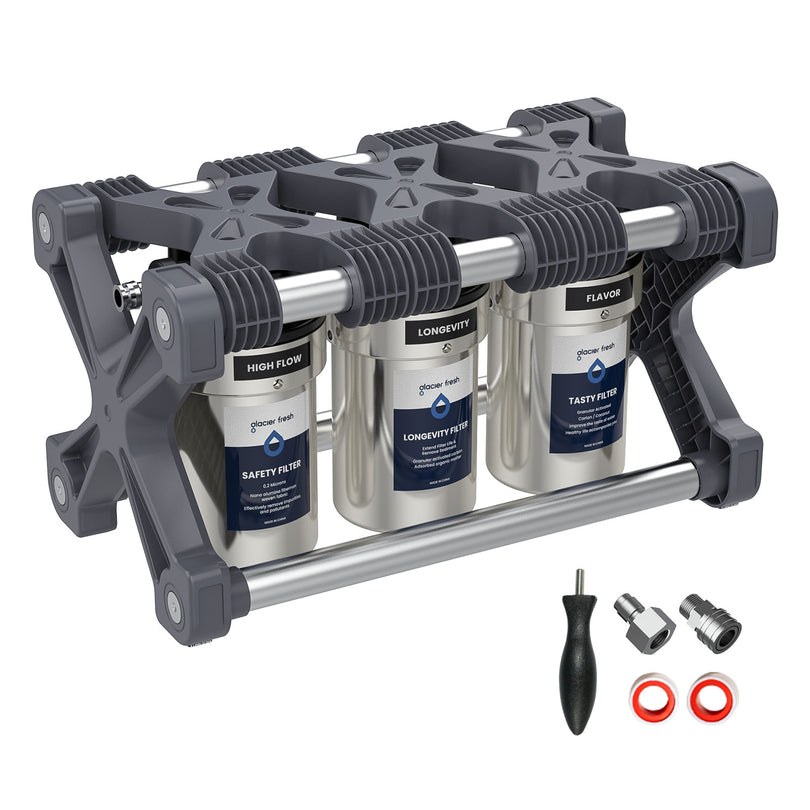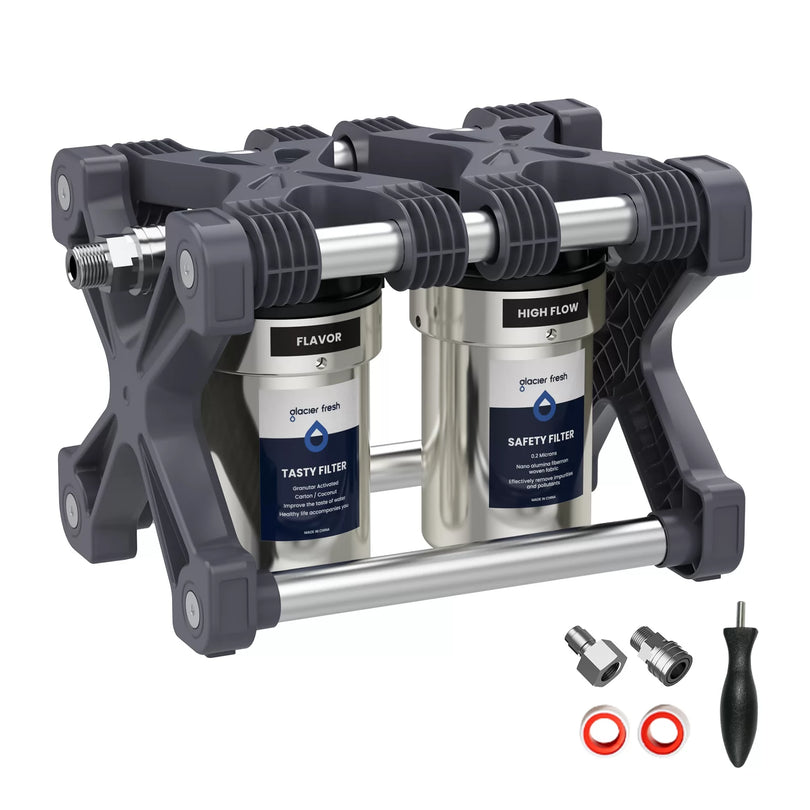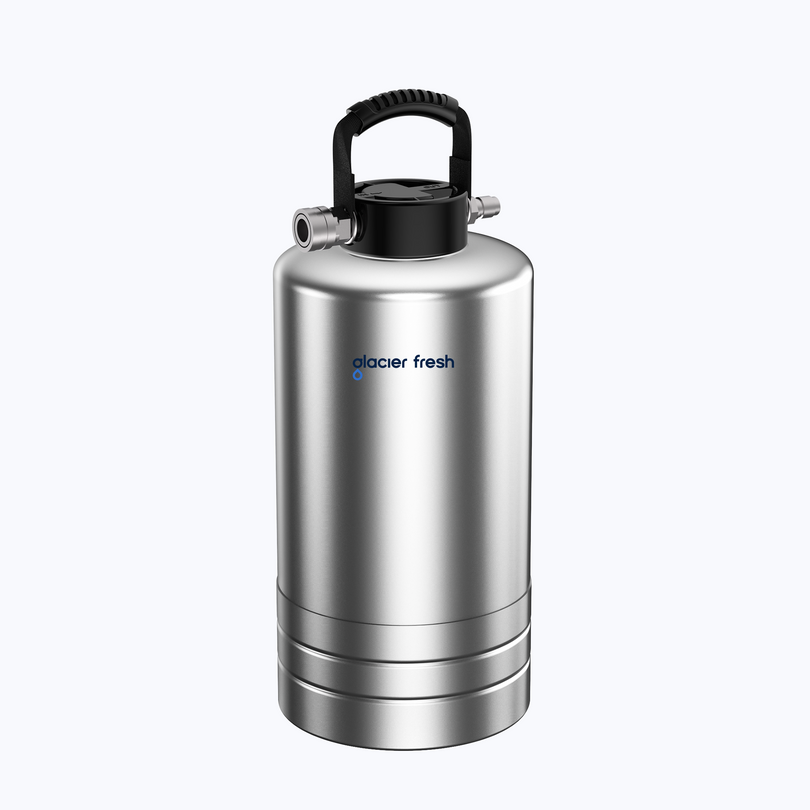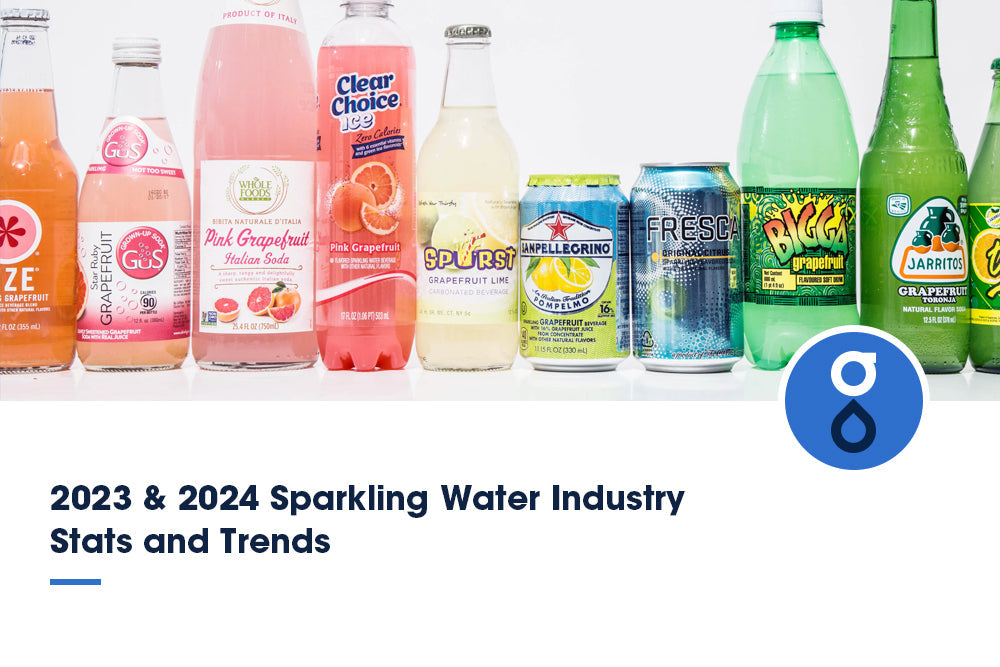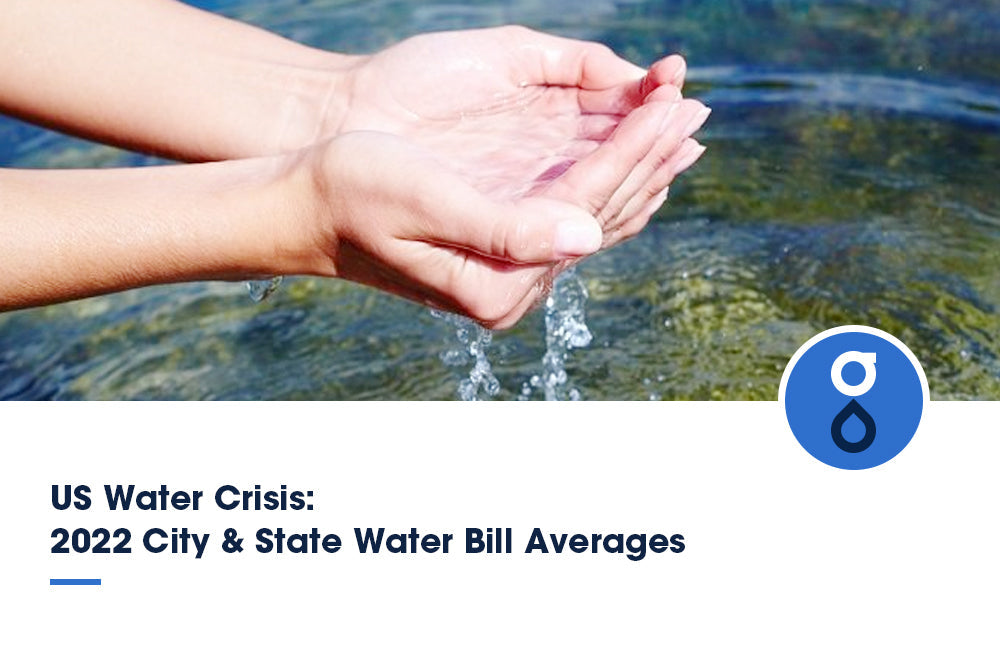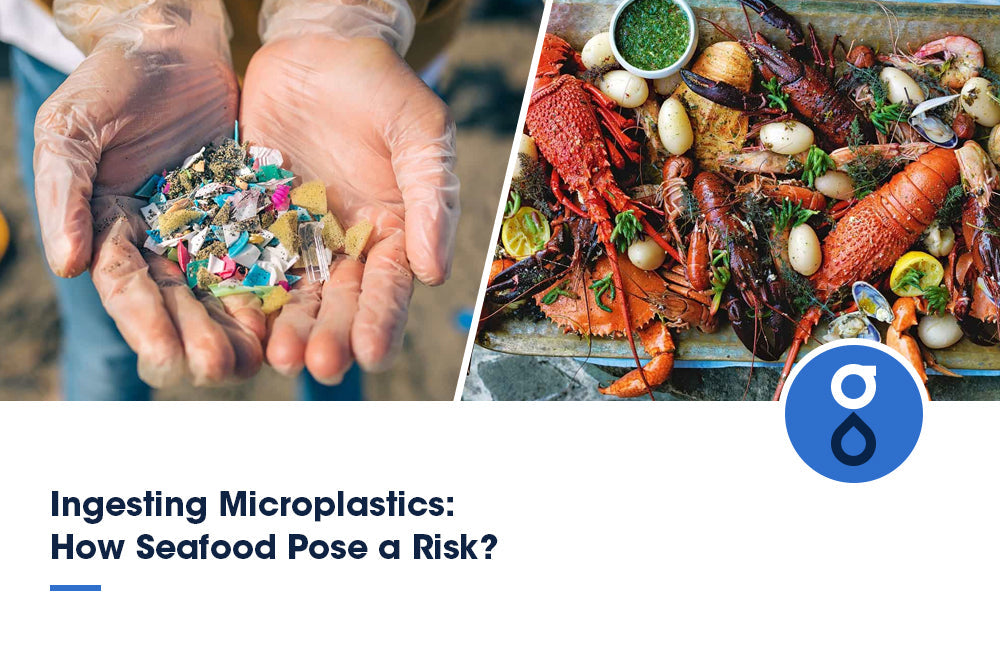Table of Contents:
The rise of sparkling water
Global leaders in sparkling water
Sparkling water company`s market share
Lifestyle changes drive sparkling water growth
Technological innovation is changing the water industry
Future trends in the sparkling water industry
Conclusion
Meta Description: In recent years, the sparkling water industry has captured most of the bottled water market. The 2024 sparkling water highlight the facts.
The sparkling water market is still booming in 2024:
As of Q1 2024, the global sparkling water market is valued at approximately $63.5 billion, with projections indicating it could surpass $75 billion by 2027. This steady climb reflects the shift in consumer preferences toward healthier, sugar-free beverages. And what`s driving the growth?
- Health-conscious consumers: 62% of beverage shoppers in the U.S. now prefer low- or zero-calorie drinks (Statista, Jan 2024).
- Decline in soda sales: U.S. soda consumption dropped 5% in 2023, while sparkling water rose 9.8%.
- Flavor innovation: Tropical, botanical, and functional sparkling waters (with electrolytes or adaptogens) are rapidly gaining market share.
- Sustainability matters: Brands offering recyclable cans or CO2 refillable systems are outperforming traditional bottled water companies.
Moreover, using reverse osmosis or activated carbon filtered water dramatically enhances the taste of sparkling water. It removes chlorine, heavy metals, and minerals that may otherwise alter carbonation or flavor clarity.
The rise of sparkling water

With the growing trend of the importance of fitness and leading a healthy lifestyle among all age groups, people around the globe have embraced bottled waters. Gone are the days of syrupy drinks loaded with sugar and additives. The ever-increasing preference for sparkling water over carbonated and sweetened beverages has driven the market upwards. In 2020, the value of the global sparkling water market was $29.71 billion, and it was forecast to increase at a compound annual growth rate (CAGR) of 12.6% from 2021-2028. By 2028, the industry is predicted to be worth a whopping $76.95 billion. Advertisements and marketing have also increased in the last decade, and as far back as 2015, Seltzer became cooler than Coca-Cola. Since then, key players in the industry have launched sparkling water brands to gain maximum market share.
Global leaders in sparkling water
The US holds a huge segment of the sparkling water market, and US citizens prefer sparkling to still. North America leads the way with a more than 30% market share. Over in the UK, Britain dominates the market in Europe, although unflavored sparkling water is preferred on that side of the Atlantic.
Sparkling water product insights
In 2020, natural or mineral sparkling water held the largest share of the market at 60%. Based on this demand, it’s unsurprising that big brands are continually launching new products as more and more consumers swap sodas for sparkling water. Many consumers like the fact that sparkling waters have no carbohydrates, sweeteners, or sodium. But that doesn’t mean they don’t like additives like caffeine. Flavored sparkling water with caffeine held the largest market share at 85.4% in 2020. The growth in this market segment is said to result in rising demands for different flavors such as lemon, cucumber, berry, and orange.
PepsiCo, Inc. brought out five new caffeinated sparkling water flavors in 2021 in response to this trend. The beverages were flavored with mango passion fruit, blood orange grapefruit, triple berry, blueberry pomegranate, and citrus cherry flavors and quickly became a massive hit with consumers. Since then, many other brands have released their own flavored fizzy beverages, and we’ve witnessed spin-offs such as the much-hyped Prime Energy launched by Logan Paul that blends coconut water with a whopping 200mg of caffeine. With big names and brands behind it, it’s unsurprising that the caffeinated market segment is projected to record the fastest CAGR of 12.6% between 2021-2028. Consumers are seeing these drinks as a substitute for coffee, sweetened teas, and conventional energy drinks.
Biggest sparkling water brands
Some prominent players in the global market include:

Lifestyle changes drive sparkling water growth

While alcohol is still a huge industry, there has been a shift to non-alcoholic drinks as consumers have become more health-conscious. Additionally, people have become more mindful of the need for healthy and nutritious beverages since Covid-19. Sparkling water only hydrates bodies and provides essential minerals, including sodium, magnesium, and calcium. Drinking water also improves digestion and can help relieve constipation. In addition, many studies have also suggested that sparkling water is not as harmful as carbonated drinks, such as sodas, for dental and bone health.
Annual market growth of 16.92% is expected between 2023 and 2027 as more leading brands launch their hard seltzers or collaborate to create new drinks in this fast-growing category. Unhealthy lifestyle choices and the dangers of a fast-food diet have also led to a global increase in diabetes and obesity. The co-morbidity of these two conditions is well-known and extremely high, and it's been a great motivation for people to change their drinking habits. According to the World Health Organization (WHO), diabetes was the direct cause of about 1.5 million deaths in 2021 alone. Additionally, 39 million children under five were overweight or obese, according to WHO data. In the next ten years, this value is projected to rise to $93.6 billion.
Technological innovation is changing the water industry
Tech has influenced almost every sector globally, so it makes sense that it’s also affecting the beverage industry. Nestlé unveiled mock-ups for its Perrier® bottles using a unique recycling technology as far back as 2021. The bottles were produced as part of the Carbios global partnership, which supports the automation of Vanguard technology. The new technology allows repeated plastic recycling while keeping the same features as virgin plastics.
Future trends in the sparkling water industry
Almost halfway through 2024, the importance of safe and clean drinking water has never been more prevalent. Quality is a concern around the globe, and even in the US, consumers are actively turning to bottled alternatives as local utility companies struggle to provide clean potable water.
Search for reliable sources: With rising concerns over scarcity, pollution, and the negative health impacts of contaminated sources, people are looking towards reliable and trusted companies to hydrate safely and conveniently. Bottled sparkling water that has been stringently produced and tested meets this need. But continuous quality control is all-important if companies want to keep the brand loyalty of their consumers.
Drive for eco-friendly, sustainable products: Sparkling water companies must emphasize sustainability and environmental stewardship. This includes continuous research and development, state-of-the-art technologies, and meticulous purification processes. Additionally, many beverage companies are shifting to using BPA-free, recyclable, or plant-based packaging for their products. There’s a growing aim to improve their production and distribution processes to minimize waste and energy consumption and create a more sustainable industry overall.
Conclusion
The numbers say it all. When you add carbonation, the Earth’s most precious resource is worth an absolute fortune. Flavored, caffeinated, or served “hard”, sparkling water has become the go-to drink for consumers in the US and worldwide, and all indications show that it will stay this way for a while. The question is now, what new twist will the biggest brand names in the industry put on this classic favorite to keep consumers coming back for more?
Make every sip count. Explore Glacier Fresh water filtration systems for the purest base to your bubbly creations.


